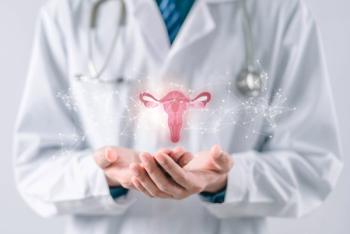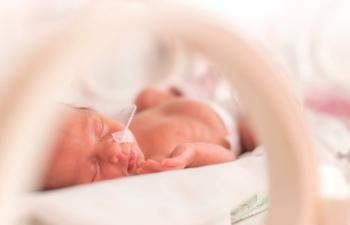
Urinary microbiome may differ in women with urge incontinence
New research by microbiologists at Loyola University suggests that the urinary microbiome in women with urgency urinary incontinence (UUI) may differ from that in women without the condition, which has implications for management of the disease.
New research by microbiologists at Loyola University suggests that the urinary microbiome in women with urgency urinary incontinence (UUI) may differ from that in women without the condition, which has implications for management of the disease.
Published in
Transurethral catheterization was used to collect urine, which was analyzed using 16S rRNA gene sequencing and cultured. Using both techniques, the researchers found significant differences in the urinary microbiome of women with and without UUI. Garnerella was increased and Lactobacillus was decreased in the women with UUI and nine genera-Actinobaculum, Actinomyces, Aerococcus, Arthrobacter, Corynebacterium, Gardnerella, Oligella, Staphylococcus, and Streptococcus-were more frequently cultured in their urine. In the UUI cohort, Latobacillus gasseri was detected more frequently, whereas in the women without UUI, Lactobacillus crispatus was seen more often.
The authors noted that the cohort with UUI had a higher body mass index (32 versus 28; P=0.01), was more likely to be using estrogen (27% versus 61%; P<0.05) and was older (63 versus 49; P<0.05) than the cohort without UUI. They were not able to say, however, how those differences might have affected their findings. The researchers theorized that “the UUI bladder selects for some bacteria over others, and as such, the presence of these organisms [Actinomyces, Aerococcus, and Gardnerella] could serve as a marker for dysbiosis.”
To get weekly advice for today's Ob/Gyn,
Newsletter
Get the latest clinical updates, case studies, and expert commentary in obstetric and gynecologic care. Sign up now to stay informed.










